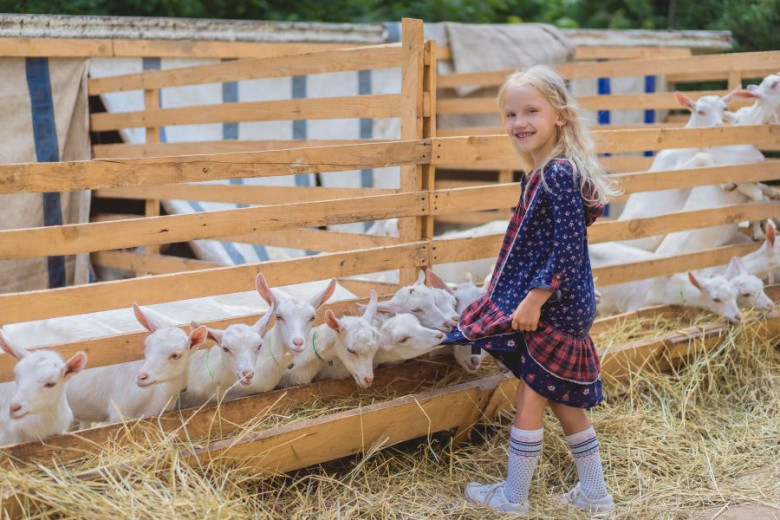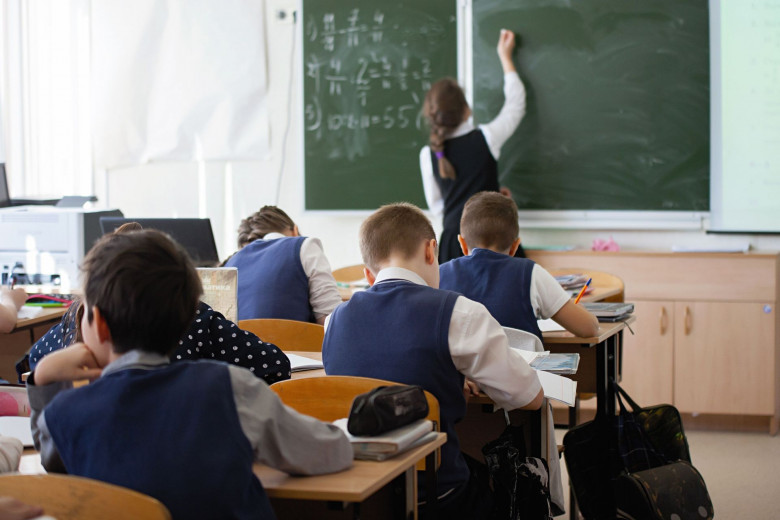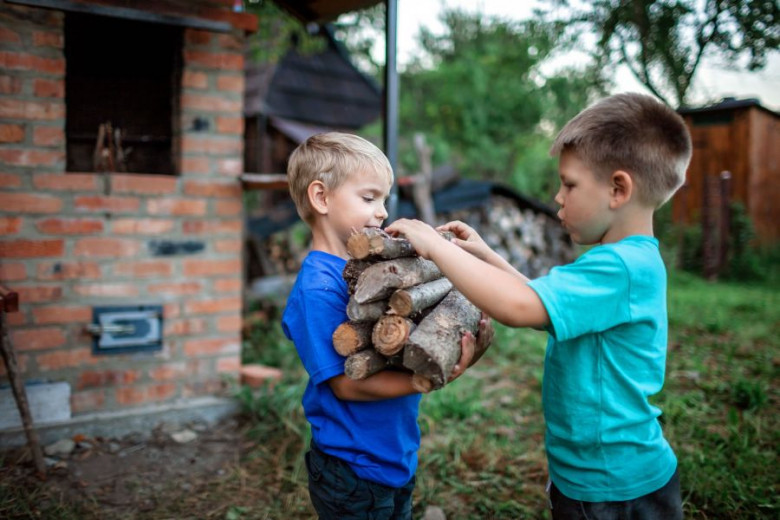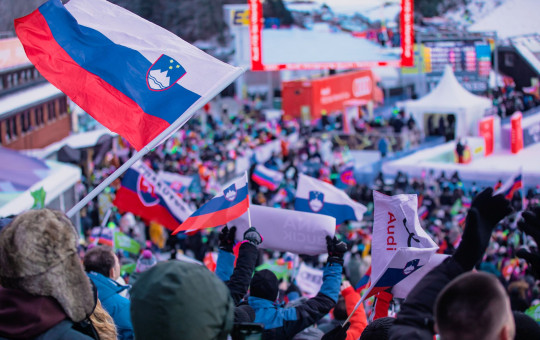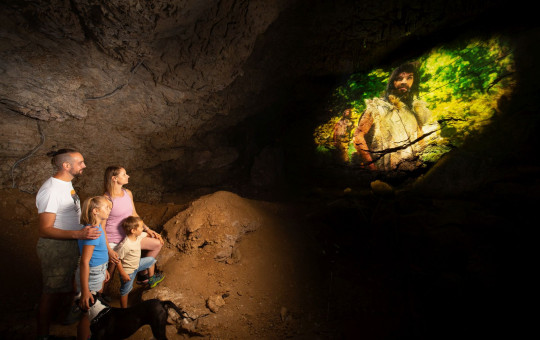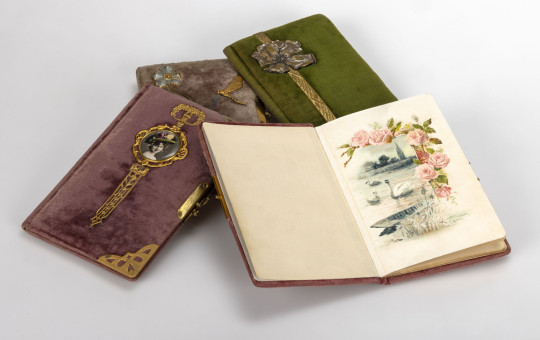Date: 30. August 2023
Time to read: 2 min
Of course, the children were full of excitement, full of anticipation, back then too! Today, children go to school on 1 September, whereas in the past it was only on 15 September. On the first sports day, pupils usually harvested potatoes for the school cooperatives and brought firewood to school instead of having physical education lessons. Even if much was different, what the children had in common then and now was that they found friends at school and gained useful knowledge.
The school day
Children woke up for school quite early, some as early as 5.45, while most children were up for school at 7.15. There were more children in Slovenia at that time, so in most of the larger towns, classes were held on a double-shift basis. Some children had afternoon classes all year round, as the older children were in school in the mornings. This was, however, not so common.
All schools offered meals to their pupils, and the food was always prepared in the school kitchen. The most common lunch consisted of milk, cocoa, coffee, butter, margarine, cheese, jam, fresh fruit and meat products. Children’s diet used to be healthier in general. They ate a lot of meat, fruit and vegetables, while sweets were not easily accessible to most of them.
Mathematics and art were the most popular subjects among the pupils, and history was also a fascination for children at the time. At that time, it was common for handicrafts to be part of the curriculum, while home economics was introduced a little later.
Knowledge, aspirations, socialising and the future of children in the past
The boys wanted to become drivers, carpenters or other craft workers, while urban boys wanted to become engineers or technicians. Girls wanted to become seamstresses or teachers, while those from the towns dreamed of working in medical professions. The average grade was 3.1, with higher grades for children of more educated parents (for example merchants, doctors and lawyers), who were of course able to provide their children with many more extracurricular skills than ordinary working-class families.
Reading skills were much worse, with 17% of school children still unable to read in the fourth year, which is unthinkable today. There were more boys than girls among the non-readers. The children’s favourite reads were children’s and youth magazines and fairy tales.
In addition to homework, children had a lot of chores to do after school, with 19% having to do hard physical work. Leisure time was an unfamiliar concept for most children; things were better for urban children, who hardly had any housework to do.
Children were not shut in their rooms playing computer games or sitting in front of computers and TV for hours. They played hopscotch and other outdoor group games, socialising a lot.
Children did not have their own rooms, but shared bedrooms with their parents.
The family life of schoolchildren
Alcohol was present in family life on a daily basis. It was customary for the father to have at least a glass of wine with lunch. Alcohol consumption by children was not that rare either. It was considered nothing special, especially in wine-growing areas and even in towns.
Children did not have their own rooms but slept with their siblings, and many shared a bed with an older person.

